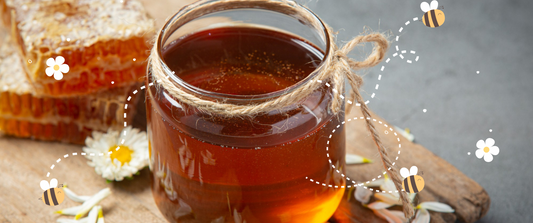In the heart of India's agriculture lies a crucial, yet often overlooked, element – the humble bee. Bees play a pivotal role in pollination, affecting the quality and quantity of harvests across the nation. However, the health of bee colonies is intricately linked to the quality of their home – the beebox.
Let's delve into the challenges posed by poor-quality beeboxes, the potential for growth in the apiculture industry, and the propositions for a movement towards ethical and precision-engineered beekeeping.
Challenges Beekeepers Face:
- Material Woes: Poor quality wood (with knots), excess moisture absorption, and the presence of pests can wreak havoc on bee colonies, affecting their signaling mechanism, strength, health and the quality of honey produced. Often such honey has inseparable wooddust and heavy metal contamination.
- Design Dilemmas: Non-uniform designs, gaps between frames, and misalignment in boxes disrupt the overall functioning of bee colonies, leading to poor coordination among bees, temperature and humidity management issues, and increased irritability. Bees often tend to swarm away from such boxes.
Here are a few examples of poor quality (made of Mango and other wood) and poorly-made beeboxes we have seen on the ground. Trust us, working with such boxes is a real struggle for bees and beekeepers alike!

Potential for Growth:
The numbers speak volumes – there is a potential to increase the number of beehives in India from 34 lacs to a staggering 20 crores. Indian farms, largely under-pollinated, stand to gain significantly from a thriving and healthy bee population.
Addressing the Root Issues:
- Material Choices: Proposing the use of seasoned timber such as Teak, Toon, or Pine for durability, longevity and weather resilience.
- Fabrication Standards: Advocating for double-chambered beeboxes compliant with BIS standards, high-quality woodwork, and optimal spacing between frames.
- Galvanized Mild Steel: Recommending the use of galvanized mild steel nails and wires for anchoring, eliminating the risk of heavy metal contamination.
- Plus other design innovations!
Design and Components:
At Humble Bee, we fabricate precision-engineered double-chambered beeboxes equipped with queen excluders, top covers, bottom boards, frames for both chambers, veils, and other essential accessories.
These beeboxes are categorized into Type A, B, and C to cater to different both the bee species, Apis Mellifera and Apis Cerena Indica.







